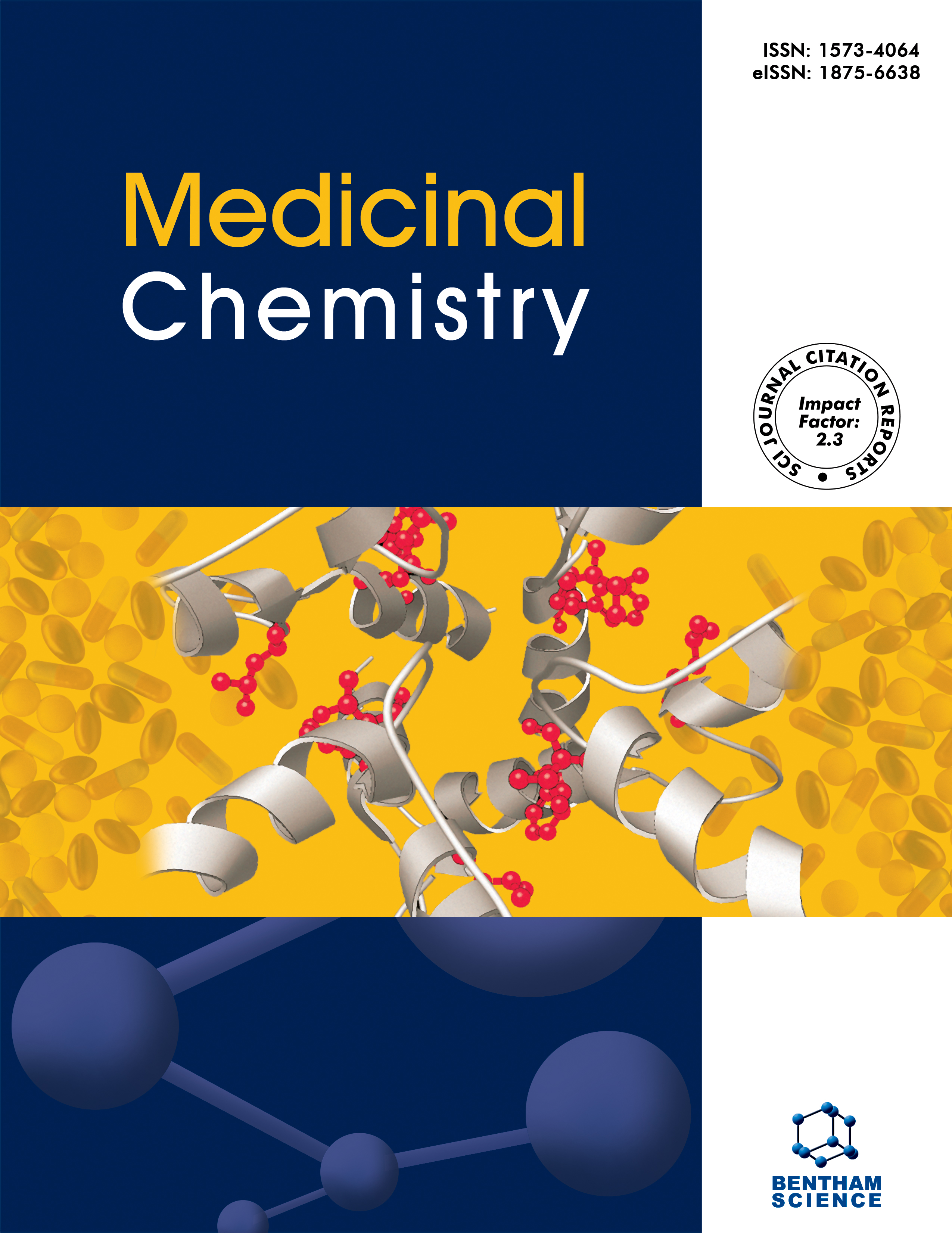
Full text loading...
We use cookies to track usage and preferences.I Understand
Topoisomerases I and II are the functionally two forms of DNA topoisomerase. In anticancer research, novel anticancer chemotherapeutical capable of blocking topoisomerase enzymes have been discovered. Most commonly, topoisomerase causes replication fork arrest and double-strand breaks, and this is how a clinically successful topoisomerase-targeting anticancer medicines work. Unfortunately, this novel mechanism of action has been linked to the development of secondary malignancies as well as cardiotoxicity. The specific binding locations and mechanisms of topoisomerase poisons have been identified by studying the structures of topoisomerase-drug-DNA ternary complexes. Recent breakthroughs in science have revealed that isoform-specific human topoisomerase II poison could be created as safer anticancer drug molecules. It may also be able to develop catalytic inhibitors of topoisomerases by focusing on their inactive conformations. In addition to this, the discovery of new bacterial topoisomerase inhibitor molecules and regulatory proteins could lead to the discovery of new human topoisomerase inhibitors. As a result, biologists, organic chemists, and medicinal chemists worldwide have been identifying, designing, synthesizing, and testing a variety of novel topoisomerase-targeting bioactive compounds. This review focused on topoisomerase inhibitors, their mechanisms of action, and different types of topoisomerase inhibitors that have been developed during the last ten years.

Article metrics loading...

Full text loading...
References


Data & Media loading...

